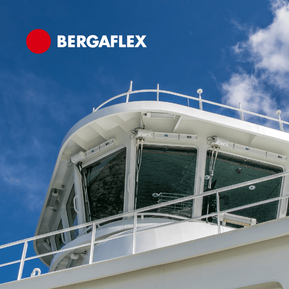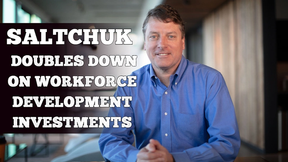Armed Robbery at Sea: Navigating The High Seas of Crime
The vast, open oceans have long served as conduits for commerce, adventure, and exploration. However, along with the grandeur of maritime activities comes inherent risks, one of which is the specter of armed robbery at sea. Also known broadly as maritime piracy, this menacing threat envelops not just the economic marine highway but also the lives and safety of those who navigate it.
Historical Context
Maritime piracy is not a new phenomenon. Historical records are replete with tales of pirate attacks dating back to ancient civilizations. The infamous pirates of the Caribbean during the 17th and 18th centuries romanticized in literature and film were, in their time, a real and deadly threat to maritime commerce. With the advent of modern technology, the tactics and operations of sea bandits have evolved, yet the core motivations-plunder, ransom, and territorial control-remain consistent.
Modern-Day Incidents
In modern times, certain hotspots have emerged as piracy-prone zones, most notably off the coast of Somalia, the Gulf of Guinea, and the Strait of Malacca. Recent reports indicate alarming trends, with armed groups targeting vessels ranging from small fishing boats to massive container ships and oil tankers. These attacks often escalate to violent confrontations, kidnappings, and in some cases, fatalities.
Case Study: The Gulf of Guinea
The Gulf of Guinea, extending from Senegal to Angola, has become a notorious epicenter for maritime piracy. According to the International Maritime Bureau (IMB), this region accounts for a significant portion of global piracy incidents. Armed robbers in this region typically target vessels for cargo theft and crew kidnappings, seeking ransoms that can run into millions of dollars. Various factors contribute to the high levels of piracy in the Gulf of Guinea, including poverty, political instability, and inadequate naval security.
The Human Element
Beyond the economic disruption and material losses, armed robbery at sea has a profound impact on the human element. Maritime workers-often from a diverse international background-experience significant psychological and physical trauma during such incidents. The threat of armed confrontation and the potential for captivity in harsh conditions impose severe mental strain on seafarers, leading to long-term impacts on their well-being and careers.
Maritime Security Measures
To mitigate the risks of armed robbery at sea, stakeholders have been investing heavily in security measures. These include:
- Enhanced Vigilance: Increasing the awareness and preparedness of crew members to potential threats.
- Patrolling and Escorts: Deployment of naval escort services in high-risk areas.
- Technological Solutions: Adoption of advanced surveillance technologies, such as radar and Automatic Identification Systems (AIS), to monitor and detect suspicious activities.
- International Cooperation: Multinational initiatives, such as Combined Maritime Forces (CMF) and the Djibouti Code of Conduct, aim to foster cooperation among states to enhance maritime security.
Legal and Ethical Considerations
The international community's response to maritime piracy involves complex legal frameworks. Piracy is defined under the United Nations Convention on the Law of the Sea (UNCLOS), which provides a basis for jurisdiction and prosecution. However, the enforcement of these laws often faces challenges due to jurisdictional limitations and the practical difficulties of patrolling vast ocean expanses.
Conclusion
Armed robbery at sea remains a formidable challenge in the contemporary maritime landscape. Addressing this threat requires comprehensive strategies that encompass legal, technological, and cooperative frameworks to safeguard the maritime domain. As we navigate these treacherous waters, the need for vigilance, innovation, and international solidarity is paramount to ensure the safety and security of the world's maritime routes.
Call to Action
For policymakers, maritime companies, and shipping crews, the fight against armed robbery at sea demands continuous adaptation and commitment. Enhanced cooperation, investment in security technologies, and the promotion of international legal standards are essential steps towards a safer maritime future. By shining a light on this critical issue, we contribute to a more secure and just world for all who traverse the high seas.

















